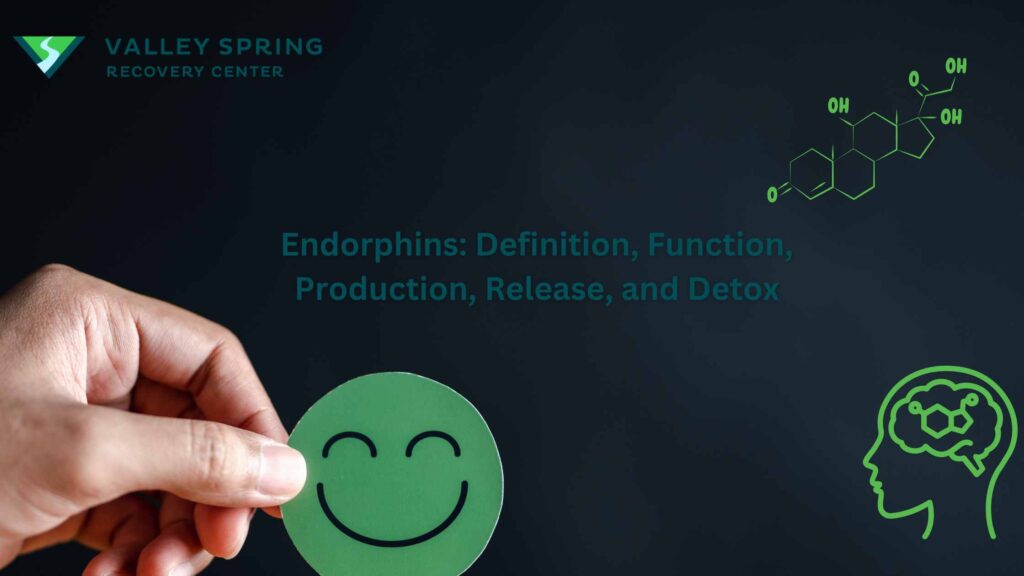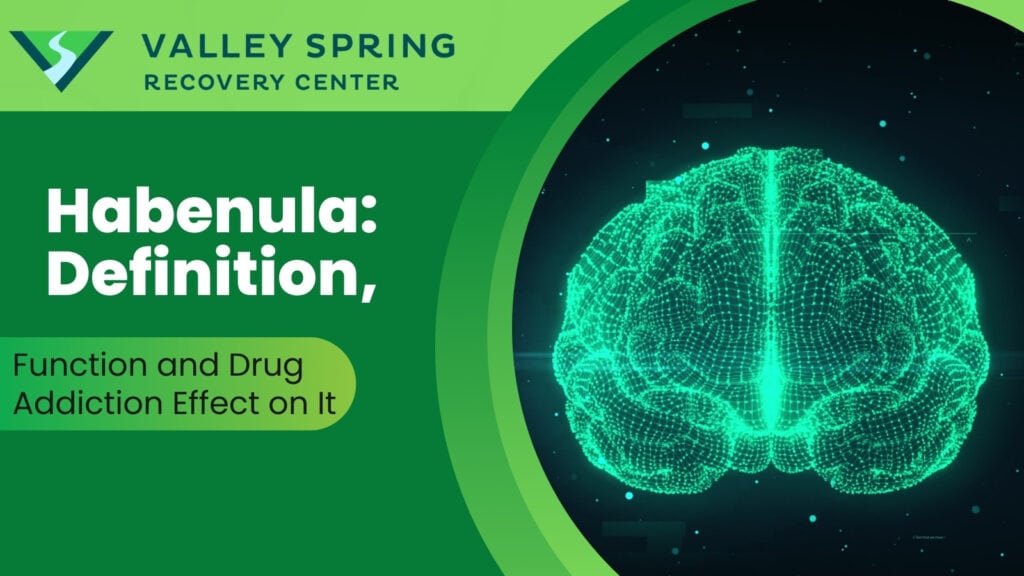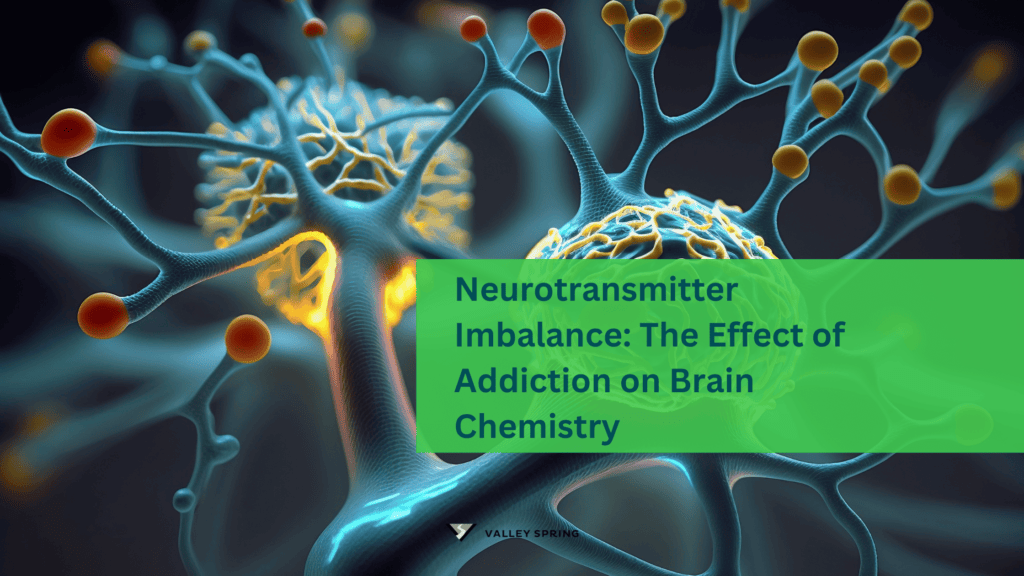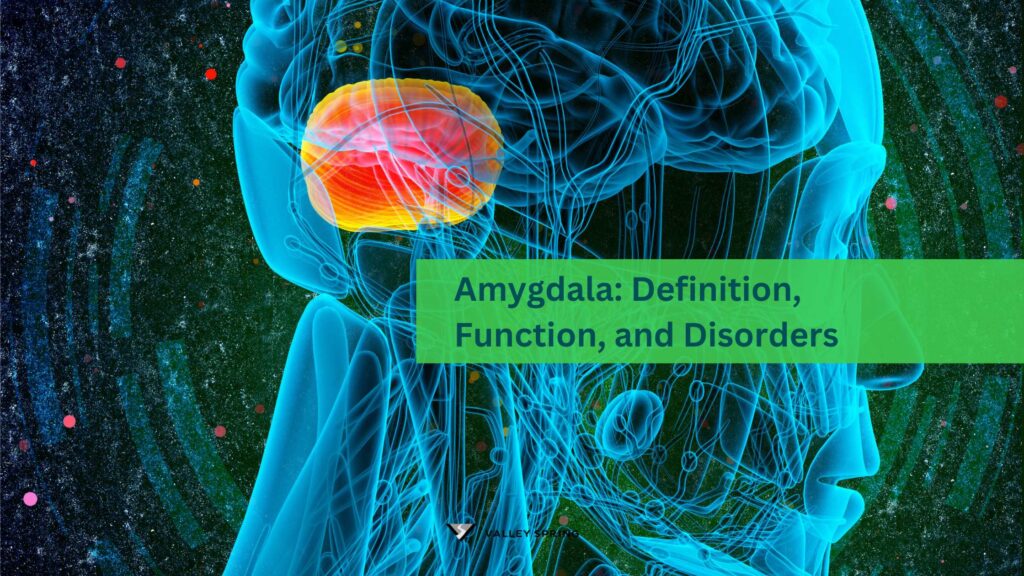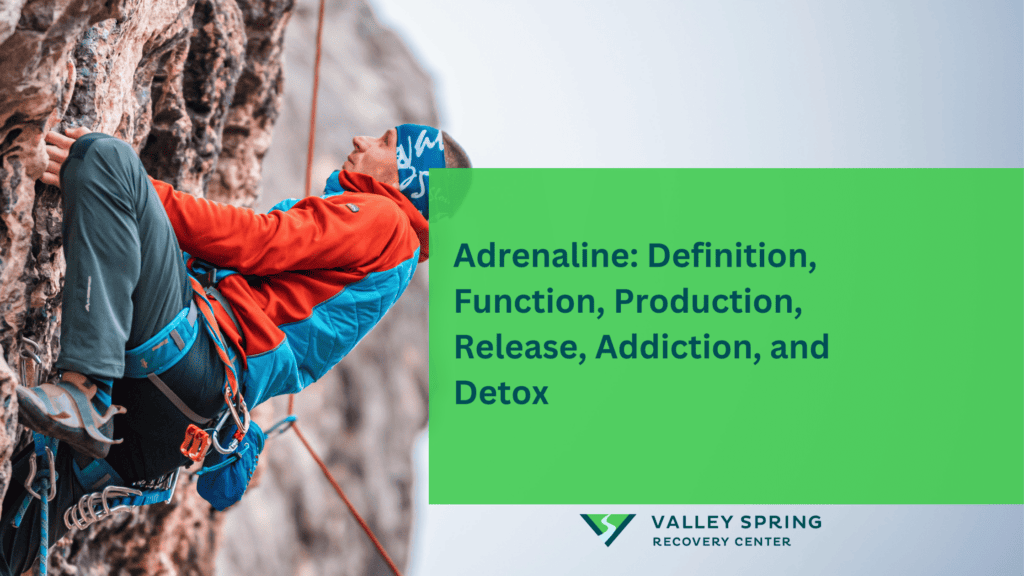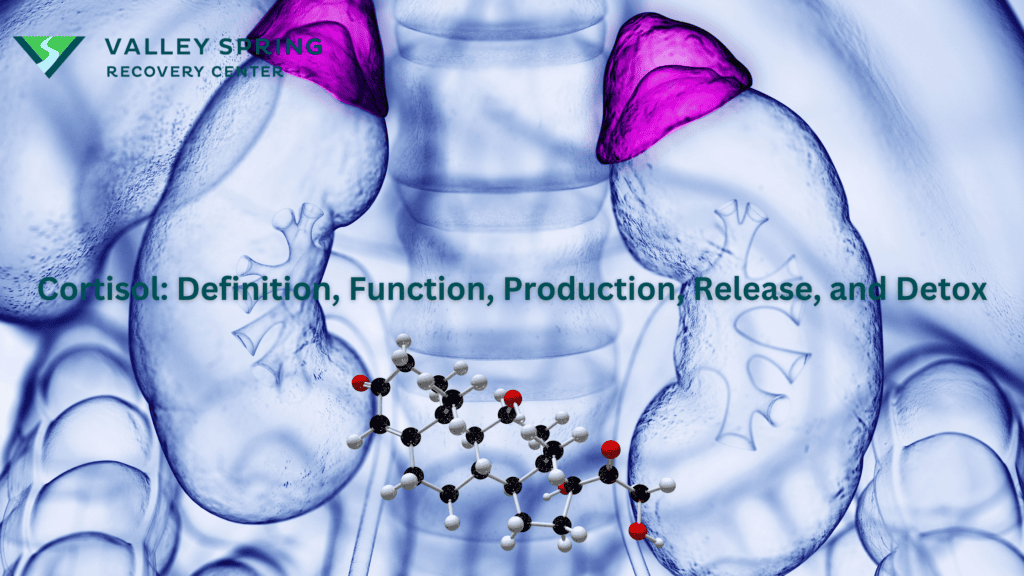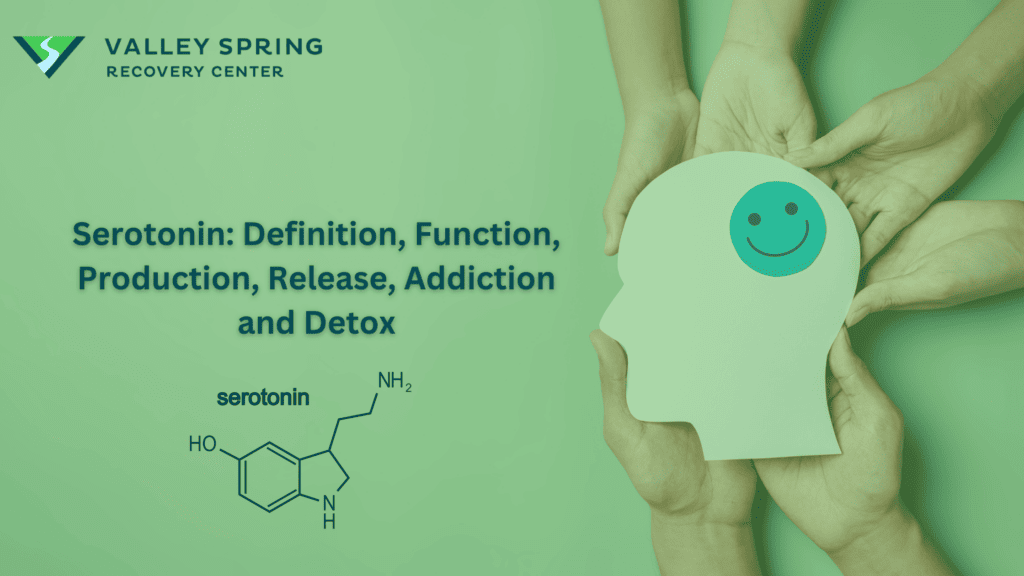Endorphins are neurotransmitters in the brain that play a crucial role in pain relief and stress management. Named from “endogenous” (produced within the body) and “morphine” (due to their morphine-like effects), endorphins are known for their ability to produce a euphoric state often referred to as “runner’s high,” which has the potential to be addictive.
Their main function is to alleviate pain, but they also help reduce stress and enhance mood. Endorphins are produced in key areas such as the hypothalamus, pituitary gland, and adrenal glands, and are released in response to stress, pain, or physical exertion.
Significantly, endorphins have been linked to the initiation and maintenance of substance use, as well as the development of addictive behaviors. The pursuit of activities that trigger endorphin release, due to the associated euphoria, can lead some individuals to addictive or thrill-seeking behaviors, despite negative consequences.
Rehabilitation from addictions linked to endorphins involves a comprehensive approach. This includes breaking the cycle of dependence on high-risk behaviors, undergoing medically supervised detoxification if substance abuse is involved, and engaging in cognitive-behavioral therapy (CBT). CBT helps individuals identify and modify harmful thought patterns and behaviors related to their addiction.
What are endorphins?
Endorphins are neurotransmitters produced by the hypothalamus and the pituitary gland. “endorphin” is derived from two words “endogenous morphine,”. Endogenous means the chemical is made from within the body, and morphine is the opioid painkiller whose pain-relieving actions they mimic highlighting their morphine-like properties. They belong to a class of chemicals known as neuropeptides and feature 16 amino acids.
Endorphins are the body’s natural painkillers. The human body makes about 20 different endorphins, these include beta-endorphins, alpha-endorphins, and gamma-endorphins. Out of these, beta-endorphins are more popular as they are potent pain and stress relievers. Studies show that beta-endorphins are 33 times more potent than morphine [Loh, H. H.,1976].
Endorphins are natural chemicals in the brain that act as pain relievers and happiness boosters. They play a role in addiction by creating a sense of euphoria or a “high” when released, which can be addictive, leading individuals to seek out behaviors or substances that trigger this feeling.
What role do endorphins play in addiction?
Endorphins play a significant role in the reward system activation for addiction, the way we experience pain relief and pleasure along with psychological triggers for thrill-seeking.
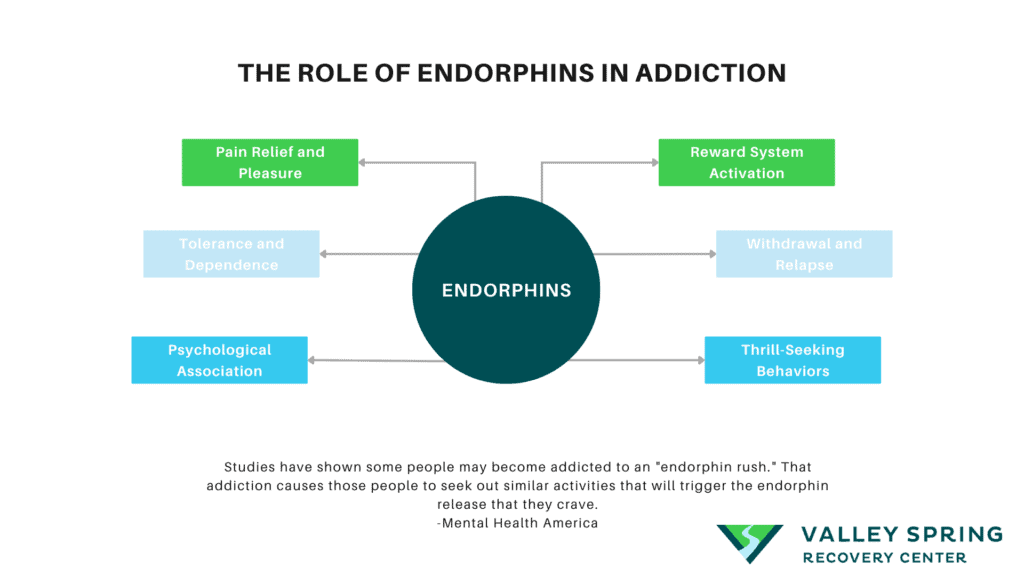
- Pain Relief and Pleasure: Endorphins are the body’s natural painkillers, producing analgesic effects and feelings of pleasure. This response can contribute to the initial use of substances or behaviors that stimulate endorphin release, seeking relief or euphoria.
- Reward System Activation: By stimulating the brain’s reward system, endorphins reinforce the behavior that led to their release, similar to the effects of addictive substances. This reinforcement can lead to repeated engagement in the behavior or substance use to achieve the same positive feeling, laying the groundwork for addiction.
- Tolerance and Dependence: Over time, with repeated stimulation of the reward system by endorphins (either through substance use or behaviors), the brain may begin to rely on these external stimuli to feel pleasure or relief, leading to tolerance (needing more to achieve the same effect) and dependence.
- Withdrawal and Relapse: The absence of the substance or behavior that triggers endorphin release can lead to withdrawal symptoms, as the body has adapted to its presence to maintain normal function. The discomfort of withdrawal can drive the cycle of addiction, as individuals may seek out the substance or behavior again to alleviate these symptoms.
- Psychological Association: Activities or substances that increase endorphin levels can become psychologically associated with pleasure and relief from pain or stress, strengthening the addiction through cognitive and emotional pathways.
- Thrill-Seeking Behaviors: For some, the pursuit of activities that lead to a significant release of endorphins becomes an addiction in itself. These individuals may continually seek out extreme or risky activities for the endorphin rush, despite potential harm.
Understanding the role of endorphins in addiction highlights the complexity of addictive behaviors and the importance of addressing both the biological and psychological aspects in treatment strategies.
How do endorphins influence the development of addictive behaviors?
Endorphins can influence addictive behaviors by reinforcing the connection between certain activities (like exercise, thrill-seeking behaviors, or drug use) and pleasure. This reinforcement makes the brain more likely to desire and seek out these activities, contributing to the cycle of addiction.
Can the pursuit of endorphin release lead to addiction?
Yes, the pursuit of activities that release endorphins, such as high-intensity exercise, gambling, or drug use, can become addictive. Individuals may become dependent on these activities for feeling good, leading to compulsive behavior despite negative consequences.
What is The Role of Endorphins in the Development of Addictive Behavior?
Endorphins play a key role in addiction by the initiation of substance use and the maintenance of drug dependency [Van Ree JM, 1996]. According to the study conducted on animals, endogenous opioids in the limbic forebrain are linked to substance cravings, maintenance, and relapse.
There is also evidence showing that excessive or dysfunctional release of these neurotransmitters can lead to addiction. Addiction occurs when individuals engage in activities solely to experience the euphoric effects of endorphin release also known as endorphin rush [Andrea Leuenberger, 2006]. The study shows that the addicted person is driven by the endorphin-seeking behavior to engage in specific activities even at the expense of their health, family, friends, or work.
Common examples of activities associated with endorphin addiction include compulsive exercise, thrill-seeking behaviors, gambling, and even certain types of self-harm. These activities trigger the release of endorphins, leading to feelings of euphoria and temporary relief from emotional distress.
Another 2008 study by Henning. B, et all, titled The Runner’s High: Opioidergic Mechanisms in the Human Brain, shows that athletes experienced a euphoric feeling commonly known as runner’s high after an episode in long-distance running. Over time, some individuals develop a tolerance to the effects of endorphins, requiring increasingly intense or frequent stimulation to achieve the desired level of pleasure. This can lead to a cycle of dependency and compulsive behavior, disrupting normal functioning and contributing to negative consequences in various areas of life.
Are endorphins only released during positive activities?
While endorphins are commonly associated with positive feelings and activities, they can also be released in response to stress, pain, or trauma as a natural painkiller and coping mechanism. However, it’s the pursuit of the euphoric “high” from endorphins that can lead to addictive behaviors.
Are there treatments for addiction that involve regulating endorphins and dopamine?
Yes, some treatments focus on balancing neurotransmitter levels, including endorphins and dopamine. Medications can help regulate these levels, and therapies like Cognitive Behavioral Therapy (CBT) can modify behaviors that lead to substance use, indirectly affecting neurotransmitter balance.
How Do Endorphins Affect Emotions During Detox?
During detox, especially from addictive substances, endorphins play a critical role in managing emotions and physical sensations by restoring balance. Here’s how endorphins affect emotions during this process:
- Alleviating Withdrawal Symptoms: Endorphins can help mitigate some of the emotional rollercoasters associated with withdrawal, such as anxiety and depression. Their natural pain-relieving properties can also ease physical withdrawal symptoms.
- Mood Improvement: As the body starts to regulate and increase natural endorphin production, individuals may experience gradual improvements in mood and well-being, counteracting the low feelings experienced during the early stages of detox.
- Stress Reduction: Detox can be a highly stressful process. Endorphins help reduce stress levels, promoting a sense of calm and helping individuals cope more effectively with the challenges of detoxification.
- Promotion of Positive Feelings: The release of endorphins, even in small amounts during physical activity or social interaction, can provide moments of pleasure and happiness amidst the difficulties of detox, encouraging continued recovery efforts.
- Enhanced Motivation and Resilience: By improving mood and reducing pain, endorphins can boost motivation and resilience, essential qualities for navigating the emotional ups and downs of detox and early recovery.
How Does Rehabilitation Restore Endorphin Balance in Addiction Recovery?
Rehabilitation centers play a crucial role in addiction recovery, focusing on breaking the dependency on substances that mimic or enhance the euphoric effects of endorphins caused by drug misuse. They aim to restore physiological and psychological balance, addressing both the symptoms and root causes of addiction.
Physiological Recovery and Endorphin Regulation
- Medically Supervised Detoxification: The initial phase of rehab often involves detox, managed with medical supervision to safely navigate withdrawal symptoms like nausea, muscle aches, and cravings. This critical step helps stabilize the body’s chemical balance, including endorphin levels.
- Medication-Assisted Treatment (MAT): Medications such as methadone, buprenorphine, and naltrexone can be used to ease withdrawal symptoms, curb cravings, and normalize brain chemistry. These treatments are effective in reducing the physical impacts of addiction and facilitating a return to healthier endorphin production and receptor activity.
Psychological Interventions and Lifestyle Changes
- Cognitive-Behavioral Therapy (CBT): This therapeutic approach is instrumental in rehab, helping individuals understand and change the thought patterns and behaviors that contribute to addiction. By addressing the psychological aspects of addiction, CBT supports the recovery of emotional balance and healthy endorphin release through positive activities.
- Support Groups: Participation in support groups like 12-step programs offers communal support and accountability, crucial for emotional health and well-being. Sharing experiences and strategies for coping with addiction reinforces the psychological aspects of recovery.
- Healthy Lifestyle Practices: Incorporating routine exercise, stress management techniques, and engaging in hobbies can naturally boost endorphin levels. These activities promote physical health, reduce stress, and enhance overall happiness without the need for substance use.
Rehabilitation doesn’t just aim to bring endorphin levels back to normal; it seeks to transform the individual’s approach to stress, pleasure, and coping mechanisms, fostering a life of balance and well-being. Through a combination of medical, therapeutic, and lifestyle interventions, individuals in recovery can rebuild their lives, making sustainable changes that support long-term health and happiness.
Can endorphin and dopamine levels predict susceptibility to addiction?
Variations in endorphin and dopamine levels or their receptor sensitivity can influence an individual’s susceptibility to addiction. People with naturally lower levels of these neurotransmitters might seek out substances or behaviors that increase their levels, potentially leading to addictive patterns.
What is The Function of Endorphins?
The primary function of endorphins is to relieve pain, and stress as well as promote feelings of pleasure and well-being. When you experience pain, signals are transmitted to the brain, and endorphins are released. They bind to opioid receptors in the brain and spinal cord, effectively blocking pain signals from reaching nerve cells which has the effect of reducing discomfort. This natural pain-relieving mechanism is crucial for survival as it alleviates discomfort during physical activities, such as exercise, and can even induce a sense of pleasure.
Additionally, endorphins are involved in regulating various physiological processes, including mood, appetite, immune function, and stress response. They are involved in regulating emotions, promoting a sense of euphoria, and enhancing overall mood. Endorphins also play a role in the reward system of the brain, influencing behaviors related to motivation, pleasure, and addiction.
How are Endorphins Produced?
Endorphins are produced within the body through a series of biochemical reactions. The precursor molecules for endorphins are amino acids, specifically pro-opiomelanocortin (POMC), which is synthesized in the hypothalamus, pituitary gland, and adrenal glands (HPA) axis.
Apart from the HPA, endorphins are produced in other parts of the body including nerve cells, and throughout the central and peripheral nervous systems. These amino acids are then cleaved into smaller peptides, including beta-endorphin, which is one of the major endorphins in humans.
Under certain conditions, such as physical exercise, stress, laughter, or even spicy foods, the body triggers the release of endorphins. Exercise, in particular, is known to stimulate endorphin production, leading to the phenomenon commonly referred to as the “runner’s high.” This surge in endorphin levels contributes to the feelings of euphoria and well-being experienced during and after intense physical activity.
How Are Endorphins Released
Endorphins are released in response to various stimuli including stress, pain, physical exertion, and pleasurable activities. When the body encounters stress or pain, such as during injury or illness, endorphins are released as part of the body’s natural response to alleviate discomfort and promote healing.
Exercise is one of the most effective ways to trigger the release of endorphins. During physical activity, the body undergoes stress, leading to the activation of endorphin-producing pathways. As endorphin levels rise, individuals may experience a sense of euphoria and increased pain tolerance, commonly known as the runner’s high.
Which pleasurable activities trigger the release of endorphins?
Pleasureable activities that stimulate endorphin release include laughter, sex, social interactions, meditation, acupuncture, listening to music, and last but not least, getting high on drugs. These experiences can elicit positive emotions and enhance overall well-being by boosting endorphin levels in the brain.
The emotional landscape of detox is complex, and while endorphins can provide natural support, comprehensive care involving medical supervision, counseling, and support groups is crucial for managing emotions and ensuring a successful detox process.
How do stress and anxiety influence endorphin and dopamine levels in addiction?
- Stress and anxiety can decrease levels of endorphins and dopamine, making individuals more likely to seek out substances or behaviors that temporarily increase these neurotransmitters. This can create a cycle of dependency and addiction as the individual seeks relief from negative emotions.
What role does physical exercise play in addiction recovery related to endorphins and dopamine?
Physical exercise can increase both endorphins and dopamine naturally, providing a healthy alternative to substance use. Exercise not only improves mood and reduces stress but also helps rebalance the brain’s chemistry, supporting long-term recovery from addiction.
Dr. Michael Olla
All author postsShare This Post

